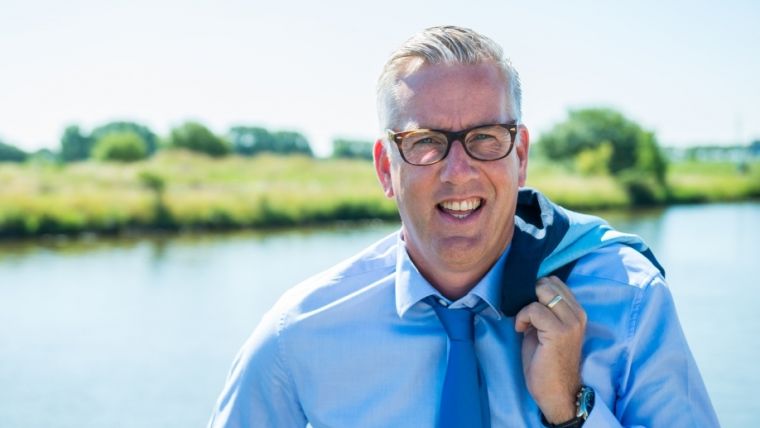Cooperation
Our world today is one of more globalisation thanks to the internet, extensive travel, international trade and disappearing borders: the global village where everybody knows everything about everybody, and vice versa if possible. There are more possibilities and opportunities for the generations of today than for those of preceding centuries. In hydrography we have been living in an international world for much longer than the last decades: the sea – working area for hydrographers in the field – always holds a promise for a world behind the horizon. In addition, the most important product that hydrographers come up with, namely nautical charts, are often cross border products. In this issue of Hydro International we carry an interview with Antti Castrén of the Finnish Hydrographic Office (see page 15). Mr Castrén is also chairman of the IHO Data Quality Working Group. He is an advocate of cooperation on an international level. According to Castrén, navigation has always been truly international in nature. Therefore, cooperation in the field of hydrography has to be international. The development of international standards on nautical charts and hydrographic surveys started decades ago and its importance is only increasing. Imagine if there wasn’t enough cooperation at international level: the risks for shipping companies in addition to extra costs would be tremendous.
An international group of experts from academia and industry will be meeting in Monaco for the Forum for Future Ocean Floor Mapping from 15 to 17 June 2016. The group has been brought together by GEBCO and the aim of this event is to provide a ten-year vision for the organisation. The General Bathymetric Chart of the Oceans (GEBCO) is an independent, non-profit project under the joint auspices of the International Hydrographic Organization (IHO) and the Intergovernmental Oceanographic Commission (IOC) of UNESCO that aims to map the world’s seafloor from the coast to the deepest trench and make it publicly available in the most authoritative and comprehensive format. GEBCO still faces a huge task as large parts of the ocean remain just as unfamiliar and unknown to us as they were 110 years ago when GEBCO started. Despite the daunting task that still lies ahead, much has been achieved, surveyed and mapped and resulted in beautiful products that are making the life of many at sea more safe. The GEBCO initiative – back then and now in Monaco – also shows the real added value of international cooperation.
There is a trend nowadays to shy away from international cooperation, to withdraw from international bodies, to return to national grounds and even to close borders again because of fear of the unknown. I think that hydrography can serve as an example of how international cooperation can help to make a safer and better world – more specifically , safer and better seas. That is a message that should be carried out and one we should be proud of!
Durk Haarsma [email protected]

Value staying current with hydrography?
Stay on the map with our expertly curated newsletters.
We provide educational insights, industry updates, and inspiring stories from the world of hydrography to help you learn, grow, and navigate your field with confidence. Don't miss out - subscribe today and ensure you're always informed, educated, and inspired by the latest in hydrographic technology and research.
Choose your newsletter(s)
























